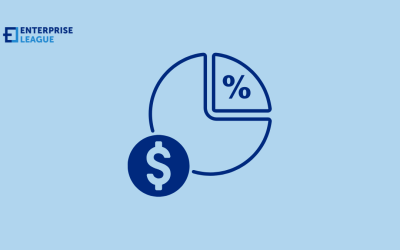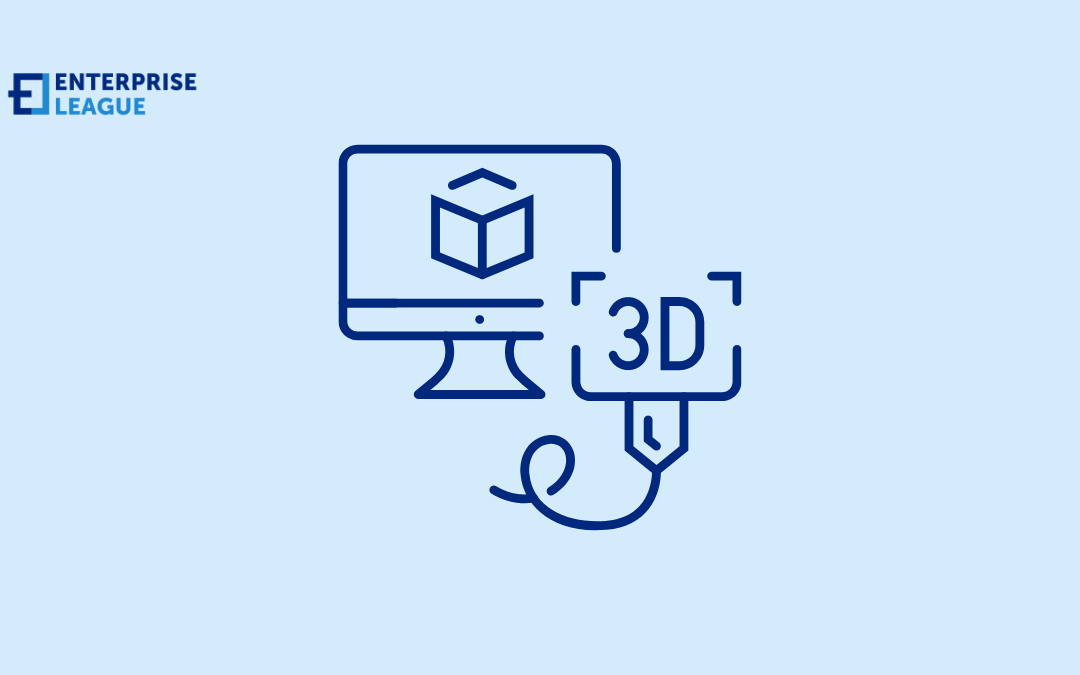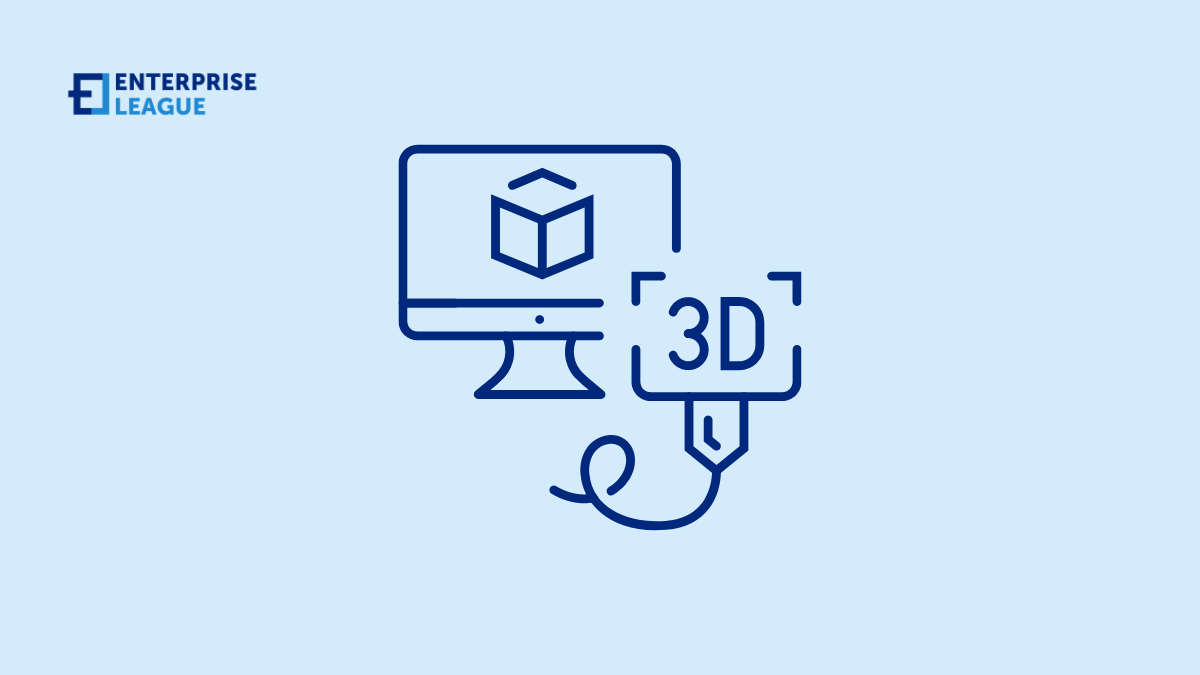Discover and learn the benefits of push advertising for increasing website visits and how you can use these powerful alerts to grow your business in no time.

Preparation is key: 6 things to do when bringing on a new employee
Preparation is key: 6 things to do when bringing on a new employee
September 19, 2024

There are many things you will have to do whenever you bring on a new employee. There are basic expectations like showing the new hire the business’ systems and giving them their own logins, but there are some additional things an employer can do to go above and beyond for their new employee’s first day. They can seem insignificant, but they might make all the difference for your new team member.
Show them around
One of the first things you should do when you bring on a new employee is give them a tour of the workplace. This might seem like an obvious thing to do with a new employee, yet it’s often overlooked by managers who just want to get into the work. Be sure to show them everywhere around the workplace, the bathrooms, the car park, their desk, and any other services or facilities they might find useful.
Consider adding in some unnecessary but considerate extras like the closest place to get food or coffee, starting a new job is overwhelming enough without feeling like you’re lost in your new environment. Your tour shouldn’t be limited to the physical workplace, either give them a virtual tour of the computers and their systems so they can work effectively from the get-go.
Start them off with easy and straightforward directions
Many of us have been instructed to ‘get to work’ with little to no other direction at some point in our lives. It’s a super frustrating situation that is only made worse by being new and nervous in the workplace. We can find ourselves sitting at a desk trying to figure out what we should be doing, maybe too embarrassed to call our boss or ask around for help.
That is why it is important that when bringing on a new employee, you start them off on a task with clear and easy instructions. In fact, beginning with a smaller task would be advantageous, the smaller the better. Completing small and easy tasks can be an effective way for a new employee to feel like they are achieving small wins, helping them gain confidence quickly.
Put yourself in their shoes
Try to imagine yourself in their position, as a new employee. Being a new employee in a workplace can be extremely intimidating. Bosses or people who have worked in the same place for a long time can easily forget just how frightening this can be. New hires likely don’t know anyone around the office, they don’t know what your expectations are yet, and they might be feeling pressure to prove they are a capable employee.
There might also be other external stresses a new employee might be feeling from outside the workplace. For the new employee, starting a new job could have meant changes to their personal or home life too, a new babysitter or family routine, or even a new residence or living situation. Make sure you give them time to adapt and get comfortable.
New employees can also make plenty of mistakes. Even basic mistakes that might seem absurd to you. Most errors are caused by nervousness or are part of the learning process, and aren’t a sign of any real incompetence.
Check-in regularly
Once an employee is set up and working, try to check in with them regularly. As we previously covered, starting a new job or entering a new workplace can be extremely nerve-wracking. When you’re taking on so much new information, it can be easy to forget little things. Checking in regularly not only reassures your employees that you care but also helps support them when they’re trying to learn and remember everything.
Consider conducting short or informal work reviews to evaluate the new employee’s progress and discuss any goals either of you might have. Assure them that these discussions are to support them and offer them assistance, where they will also be able to ask questions.
Make them feel like part of the team
Difficulty fitting in with other employees is one of the most intimidating parts for many new hires joining a new workplace. Before the new employee even walks through the front door, you can write an email to all existing employees notifying them of the new employee’s arrival. As part of the new employee’s orientation, you can then introduce them to the people they will be working alongside on a daily basis.
On a new employee’s first day in the workplace, many bosses might try to introduce them with an announcement in front of everyone at once, while this method is faster, it can feel impersonal, and for some, it might be uncomfortable. Instead, you should try to introduce the new employee to their coworkers face-to-face and one at a time.
This is another reason why sending out an email notifying all staff about the new employee’s arrival can be important, because then even if you can’t introduce the employee to all of their coworkers, then the others can find time throughout the day to introduce themselves. Consider assigning the new employee a mentor or supervisor just for the first day to help them settle in and learn.
Set them up with some stationary
Once again this will is a simple gesture that might seem obvious but is often overlooked. Before the employee even makes it to their desk on their first day, make sure they have everything they need. If the new employee has a desk or workstation, make sure they have pens, paper, a stapler, etc. Ensure their computer is already set up and has a mouse and keyboard.
If your workplace requires any special equipment or items, get these for them in advance. For example, many office environments will require workers to wear identification. If this is the case, you can help the new employee and buy lanyards online for them in preparation. While these are seemingly small considerations, they will make your employee feel more prepared, and show them that you care about their experience in the process.
There are many things you will have to get ready when bringing on a new employee. Many of these will be more obvious than others, but it’s important to remember the little things too, they might seem insignificant, but they could make a world of difference to your new team member.
Conclusion
Remember, preparation is crucial. The more time and effort you put into planning and executing your onboarding strategy, the better the outcome will be for both your company and your new employee. Investing time and effort in these preparatory steps will pay dividends in employee satisfaction, productivity, and long-term retention.
More must-read stories from Enterprise League:
- Motivating business role models to inspire your entrepreneurial spirit.
- Proven and tested psychological tactics for successful marketing.
- Things to consider before deciding on a business location.
- Unique and profitable drone business ideas you should be aware of.
Related Articles
How to attract attention and increase engagement with push ads
23 business competition quotes to outshine your competitors (2025)
From Bill Bradley to Steve Jobs these 23 business competition quotes are revealing timeless strategies for market dominance and successful business approach.
How dividends attract investors
Let’s take a look at the main benefits that make dividends worth considering if you’re a founder and want additional investment to fuel your business growth.
How does mobile IV therapy work?
Let’s discuss how mobile IV therapy works and learn about costs, treatment types, and what medical professionals say about this trending wellness service.
How Gen Z is redefining the workplace and breaking toxic hustle culture
They’re digital natives who won’t settle for the status quo, gen Z are transforming traditional work environments making them more agile and inclusive.















